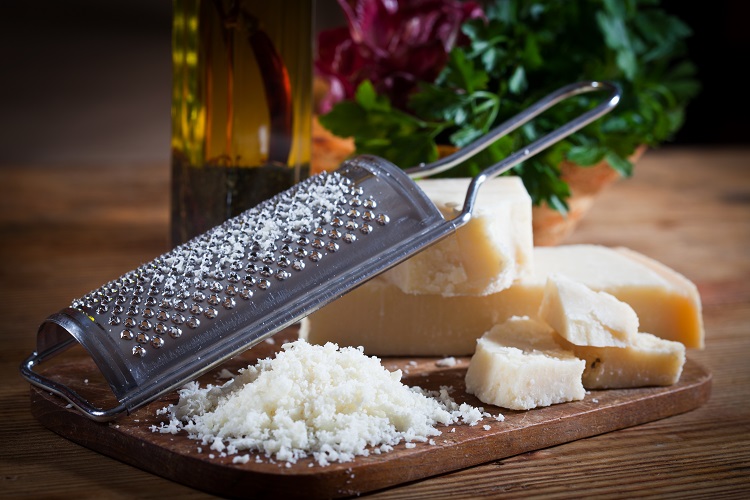
Rennet plays a crucial role in cheese production. Many cheesemakers are now replacing animal rennet with vegetable rennet.
Some European cheesemakers still use animal rennet. This can give them a more authentic appearance and respect the long tradition of European cheesemaking. However, vegetarians who prefer dairy products without animal parts will find this problematic.
Why is cheese made with rennet?
The enzyme chymosin is derived from the stomach lining of animals. The purpose of rennet is to turn milk into curds, which can then be made into cheese. The heat causes a change in the structure of the proteins, which changes the milk from a liquid to a solid state.
Rennet is an enzyme (protease) that helps break down proteins. Rennet coagulates milk, allowing it to separate the solids into curds and liquid (whey), which are then processed to make a variety of cheeses.
Alexander Anton, secretary general of the European Dairy Farmers' Association, explains that rennet, as a product of the meat processing industry, allows the use of more animal parts.
FoodNavigator reported that "traditionally, all cheeses were made with animal rennet." Many cheeses now use vegetarian rennet.
What is vegetable rennet?
Vegetarian rennet has replaced animal rennet in many commercially available cheeses today. It is made from enzymes found in plants that perform similar functions to animal rennet.
The coagulation method is widely used today in cheese production. Anton explained that some plants contain an enzyme with a similar functionality to chymosin. The most common fig leaves and artichoke flower are examples.
He maintained, however, that animal rennet is superior, both in terms of function and how it affects the taste of the cheese. The effectiveness of animal rennet is superior to that of any plant-based alternative, and it also has an effect on the texture and taste of the cheese.
Most cheeses in the UK do not use animal rennet. Most British cheeses are now suitable for vegetarians because they use a non-animal renneting agent. Only a few traditionally made farmhouse cheeses still contain animal rennet. "Vegetarian rennet does exactly the same job as animal rennet," a Dairy UK spokesperson told FoodNavigator.
How important are geographical indicators in the use of animal rennet?
Geographic location indicators in the EU
The EU has several geographical markers on its products. The strictest are Protected Designation of Origin (PDO).Next comes the Protected Geographical Indication (PGI). This states that all products must be made in a certain region. Next comes the Protected Geographical Indication (PGI) This means that the region must be represented at at least one stage of production, preparation or processing. Finally,Traditional Specialty Guaranteed (TSG). The method is protected, but not the location. Animal rennet still appears in many types of cheese, despite the fact that vegetarian rennet has become more common in dairy products. In general, geographical indicators preserve the use of rennet.
Legally, geographical indicators protect traditional production methods of certain products and guarantee that they are made in their region of origin. A product that has a geographical indication cannot be called that if it is not made according to the rules or does not come from the region.
The EU has many geographical markers on its cheeses. These cheeses, which have used animal rennet for centuries, are sometimes prevented from becoming vegetarian because of the geographical indications.
Anton explained that "a large number of European GI cheeses, and therefore quality cheeses of excellence, are made with animal rennet because it is a traditional method of cheese making. In this case, 100 % of the cheeses concerned are produced using animal rennet."
Parmigiano-Reggiano, Gorgonzola and other cheeses may carry this specification.
.
